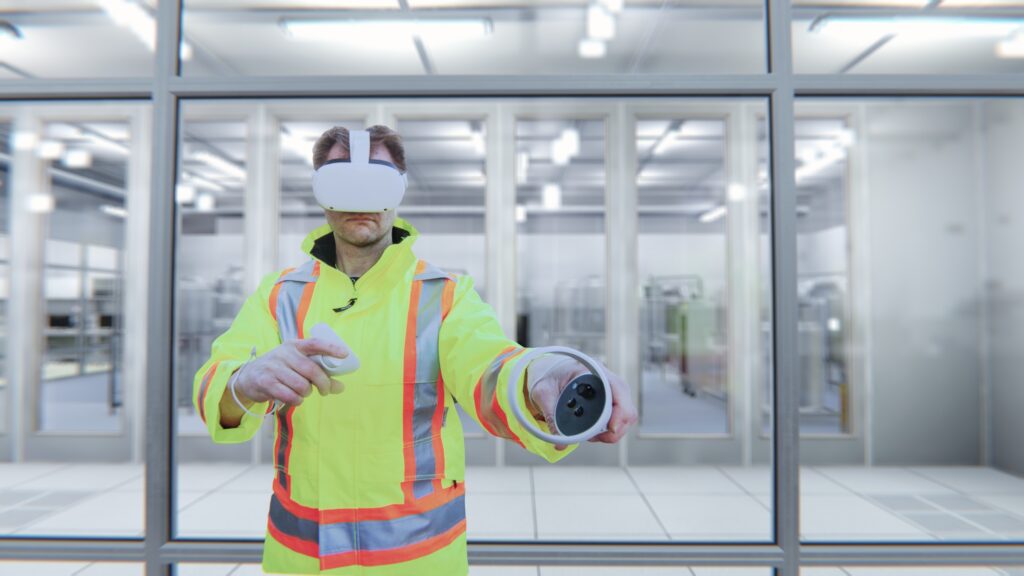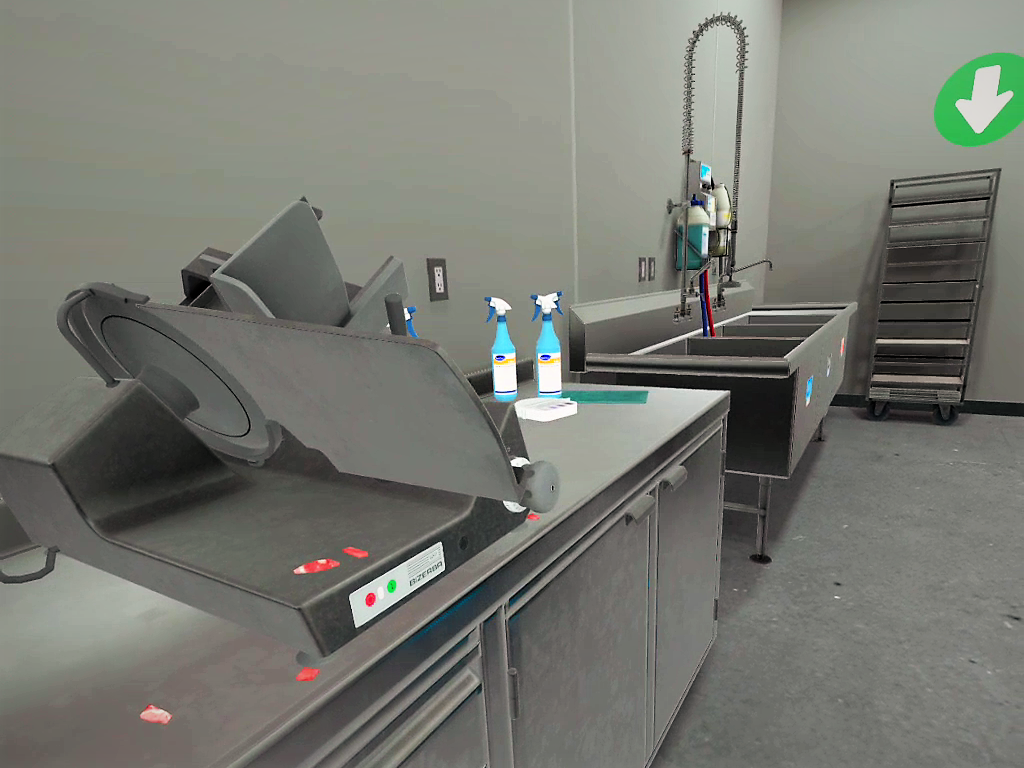Training employees on proper procedure is a common need among all industries. Content on how to perform a task or job while following protocol for efficiency and safety is an essential part of any curricula. Job skill training can be anything from how to properly operate dangerous equipment – such as a deli meat slicer – to how to process an insurance claim or a bank deposit.
Delivering job skill training remotely is challenging.
The delivery method for job skill training varies widely from business to business. Many rely on in-person classroom training to tell and show employees how to perform a task. This method has persisted over decades and is costly in the amount of time to develop and staff needed to train the content safely and effectively. With the onset of COVID-19, many organizations have converted their in-person classroom training to virtual classroom training. Unfortunately, without building the content in a way that it can easily be consumed virtually, these organizations find their training sessions are less effective at teaching proper safety procedure, and trainees are fatigued with the extended virtual process of learning.
Some organizations have found ways to teach procedures through elearning modules. This online method uses pictorial representations of processes and task flows to teach employees what to do and how. Even with rapid authoring tools, the dynamic development of these modules requires more time than in-person or virtual learning development, and historically, reception by employees is less enthusiastic. Elearning is often comprehensive but fails to provide a hands-on way for trainees to learn procedures safely.

Virtual Reality for job skill training offers a safe and immersive way to learn and practice procedures. Using VR allows the user to experience the content while fully immersed in the scenario, making it more like a memory of something they have done rather than a recall of something they have read or heard. This approach is most valuable for training procedures where safety is the highest concern. For example, the proper maintenance and cleaning of a deli meat slicer.
VR job skill training allows you to add and remove support as employees progress.
A VR experience for this type of safety procedure would contain two modes – Instruction and Practice. The Instruction mode walks the user through the proper procedure for maintaining the deli meat slicer with visuals and voiceover instruction. The content informs high level concepts and deep details on how to perform every step. The opportunity to repeat and review the procedure is available throughout the Instruction mode, along with periodic knowledge assessments. Once the Instruction mode is complete, the user would be directed to the Practice mode. This is where the real learning happens. The learner can now practice the procedure and receive critical feedback while staying safe.
For example, the user begins the practice experience by removing the slicing blade cover. The VR experience stops and immediately warns them that they missed a step and violated the safety standards for the machine. Proper procedure is to unplug the slicer before they remove or dismantle any part of the machine, especially the blade. The scenario then resumes and allows the user another chance at following the correct procedure, stopping only when a misstep has a safety impact.

The virtual environment allows the user to fail safely inside the experience without a safety violation or literally losing a finger. Additional scenario options give the user more opportunity to practice safely in similar circumstances. For example, the next scenario may be a different model of deli meat slicer, and the environment might be set in a busy store during prime hours, adding complexity and a deeper level of skill building. At the conclusion of each practice session, the user receives feedback on their proper application of procedure and a safety rating.
Job skill training delivered through virtual reality is a dynamic way for learners to fail safely. The user receives detailed immersive instruction, triggering deep memory and active engagement. Performance feedback is provided in the moment for critical errors, giving the user the opportunity to try again until they get it right. Overall, this method of delivery boosts confidence and personal mastery and reduces the time spent in training.
Want to learn more about VR training and how to get started?
Download our guide: VR Training Information and Decision Making Guide.
Latest Posts
- « Previous
- 1
- …
- 6
- 7
- 8
Stay in the Know
Want to stay up-to-date with what is going on in the world of immersive training? Subscribe to the Motive Blog.
Ready to revolutionize your training program?
We’re ready to show you how seamlessly you can create, edit and deploy VR training modules. Our team is standing by to help you revolutionize your training program.